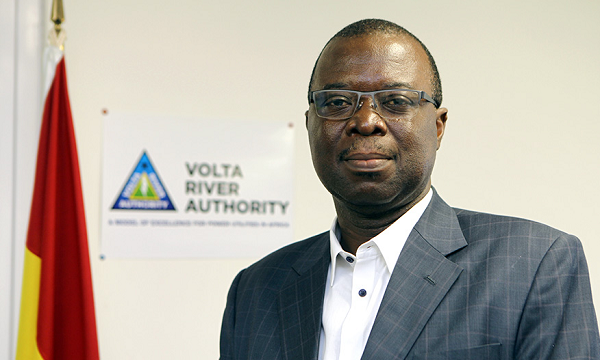It has emerged that the Volta River Authority, VRA, alone is liable for almost ninety-nine (98.99) percent of the amounts owed the Ghana Gas Company by its suppliers.
According to the 2018 annual report of the Public Interest and Accountability Committee, PIAC, the VRA owes Ghana Gas over two hundred million cedis as at the end of last year.
The development is impacting on the operations of the company.
PIAC in its report attributed the issue to VRA’s inability to meet its debt service obligation.
“The Volta River Authority’s (VRA) indebtedness to GNGC amounted to US$222,427,108.43 in the period under review. This represents 98.99 percent of the total debt owed GNGC by its off-takers. The debt, as shown in Table 43, keeps mounting due to VRA’s inability to meet its debt service obligation,” portions of the 2018 Annual report stated.
The development has also been partly accounted for by the VRA’s inability to access monies owed it by other operators within the power supply chain; that is the Ghana Grid Company as well as the Electricity Company of Ghana.
Ghana Gas owes 97% of gas supplied for five years [2014-2018]
Meanwhile the Ghana Gas Company is also indebted to GNPC to the tune of 315.5 million dollars.
This has been as a result of accumulated debts spanning 2016 to 2018.
PIAC’s report indicated that between 2014 and 2018, the value of total gas supplied reached 325.4 million dollars.
But the Ghana Gas has so far paid just about three percent of the entire debt.
Payments of which were made in 2014 and 2015.
“The value of total gas supplied by GNPC to GNGC from 2014 to June 2018 is US$325,386,630.54, out of which GNGC has made two payments (one in 2014, and the other in 2015) amounting to US$9,856,621.67. This leaves an outstanding balance of US$315,530,008.87,” PIAC alluded in its findings.
Finance Ministry flouting provision on ABFA expenditure
Again, PIAC cited the Ministry of Finance of flouting provisions of the Petroleum Revenue Management Act which states that seventy percent of the ABFA be used for Public Investment Expenditures in any financial year.
For the second consecutive year, the government failed to abide by this directive as the expenditure on investments were less than the stipulated figure.
In addition, there was no allocation to the Ghana Infrastructure Investment Fund (GIIF) in 2018 which means that the Fund was denied of the maximum of 25 percent expected to be channelled into infrastructure development for any given year.


Comments are closed.